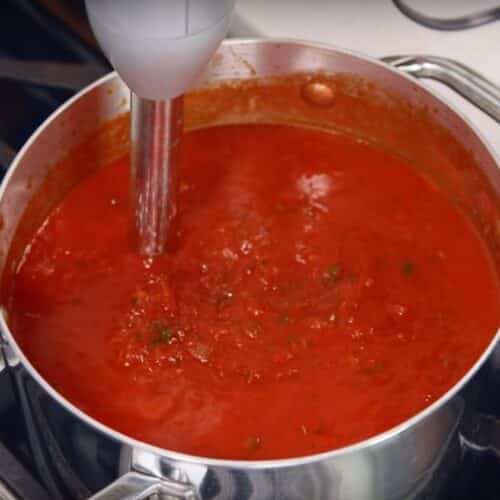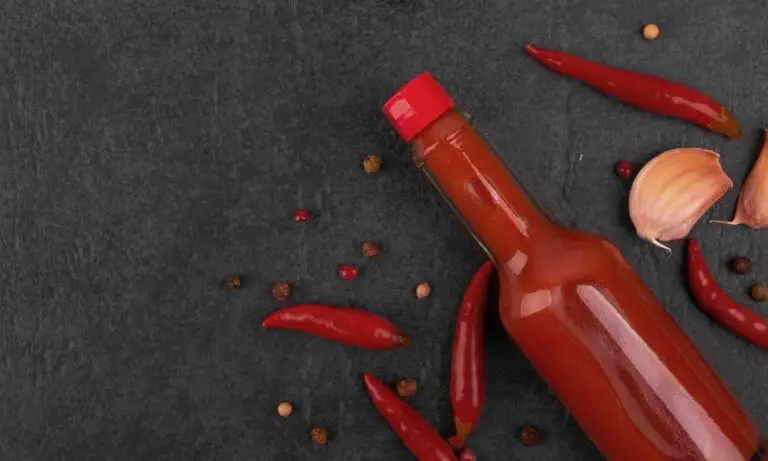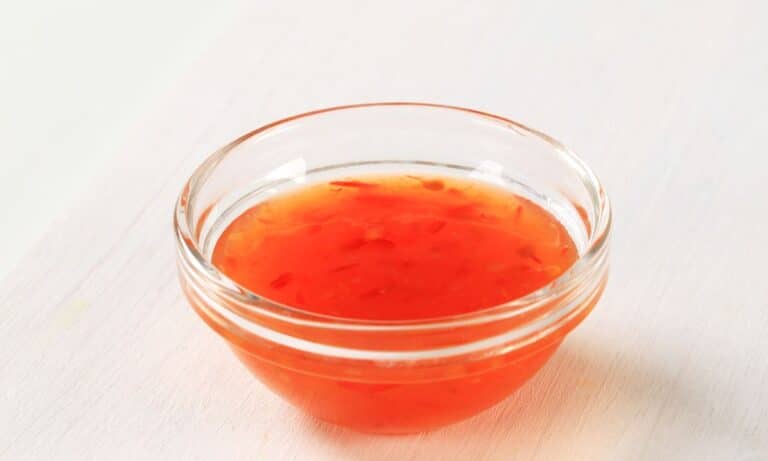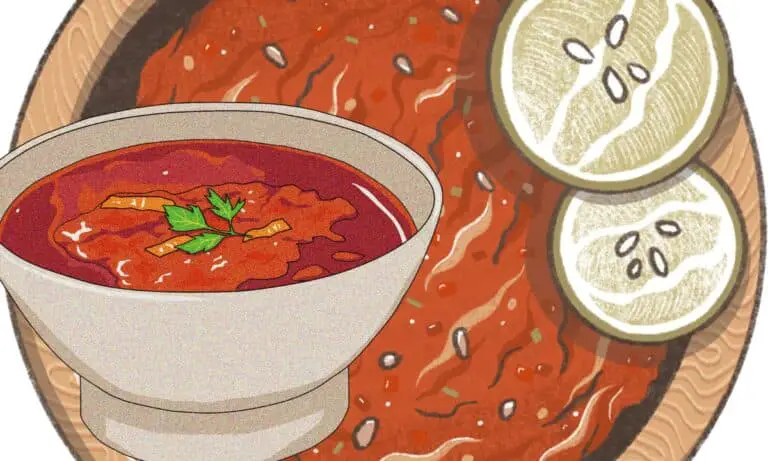Delicious Spaghetti Sauce Recipe: In 15 Minutes
This Spaghetti sauce recipe, or marinara sauce, is a tomato-based sauce with herbs, spices, onions, garlic, olive oil, and veggies. The sauce tops spaghetti, lasagne, pizza, and breadsticks. Spaghetti sauce ingredients and preparation vary by area and personal preference.
I love pasta with a rich tomato sauce. I prefer homemade dressing to store-bought because it tastes better and is easy to make.
Easy Spaghetti Sauce Recipe
I love trying new dishes and ingredients to make tasty, healthy meals. One of my favorite cooking tasks is making spaghetti sauce from scratch.
To flavor pasta sauce, I sauté garlic and onion in olive oil. To make a rich, savory sauce, add a can of crushed or pureed tomatoes and spices like salt, pepper, oregano, basil, and red pepper flakes. To blend flavors and thicken the sauce, simmer it for at least 30 minutes, stirring periodically.
I like making spaghetti sauce because it’s flexible. It’s great over pasta, but it can also be used as a base for lasagna or pizza. And usually, double or treble the recipe and freeze the sauce in portions for quick meals later.
Spaghetti Sauce Ingredients
To make spaghetti sauce, you’ll need the following ingredients:
- 1 large can of crushed or pureed tomatoes (28 oz)
- 2-3 cloves of garlic, minced
- 1 small onion, diced
- 1-2 tablespoons of olive oil
- 1 teaspoon of salt
- 1/2 teaspoon of black pepper
- 1/2 teaspoon of dried oregano
- 1/2 teaspoon of dried basil
- 1/4 teaspoon of red pepper flakes (optional)
How To Make Spaghetti Sauce
Heat the olive oil in a large saucepan over medium heat.
Add the minced garlic and diced onion and sauté until the onion is translucent about 5 minutes.
Pour in the can of crushed or pureed tomatoes and stir to combine with the garlic and onion.
Add the salt, black pepper, oregano, basil, and red pepper flakes (if using) and stir to combine.
Bring the sauce to a boil, then reduce the heat to low and simmer for 30-60 minutes, stirring occasionally.
Taste the sauce and adjust the seasoning if needed. You can also add a pinch of sugar if the sauce tastes too acidic.
Serve the sauce over cooked spaghetti noodles, or use it as a base for other dishes like lasagna or pizza.
Variations of spaghetti sauce
There are many varieties of spaghetti sauce, which traditionally uses tomatoes, garlic, and onions. Popular pasta sauces include:
Meat sauce: Brown ground beef, pig, or Italian sausage before adding it to tomato sauce. The sauce is rich and filling thanks to the beef.
Mushroom sauce: Sauté mushrooms in tomato sauce for a vegetarian pasta sauce. Mushrooms’ meatiness and earthiness complement tomato sauce and herbs.
Vodka sauce: Add vodka to tomato sauce and milk or half-and-half. Vodka lends the sauce a subtle kick and depth of flavor, while cream makes it creamy.
Puttanesca sauce: Tomato sauce with anchovies, capers, olives, and red pepper flakes. The capers and anchovies add flavor to the tomato sauce, while the olives and anchovies add saltiness.
Arrabbiata sauce: Tomato sauce is spiced with red pepper powder, garlic, and dried chili peppers. The sauce’s peppery heat complements bold pasta meals.
Butter, heavy cream, and Parmesan make Alfredo sauce. It can be served with spaghetti or other pasta for a rich meal even though it’s not tomato-based.
How To Store Spaghetti Sauce
The sauce can be refrigerated in an airtight jar for a few days. Before refrigerating, let the sauce cool.
Freeze sauce in amounts if you have leftovers or want to make a lot. Pour the cooled sauce into freezer-safe vessels or resealable bags, leaving room at the top for expansion. Label packages before freezing.
The frozen pasta sauce can be thawed overnight in the fridge or in the microwave on defrost. After thawing, heat it in the microwave or stovetop and use it like fresh pasta sauce.
Frozen pasta sauce is best used within six months. After that, the sauce may freeze burn or lose taste.
Spaghetti Sauce Faq’s
What secret ingredient is good in spaghetti sauce?
Is it cheaper to make spaghetti sauce from scratch?
How do you make homemade spaghetti sauce taste better?
What is traditional spaghetti sauce made of?
Why do Italians put sugar in spaghetti sauce?
How does Gordon Ramsay make spaghetti sauce?
Is spaghetti sauce better the longer you cook it?
Why does spaghetti sauce need to simmer so long?
Why do you put vinegar in spaghetti sauce?

Easy Homemade Spaghetti Sauce Recipe
Equipment
- saucepan
Ingredients
- 1 large can of crushed or pureed tomatoes 28 oz
- 2-3 cloves of garlic minced
- 1 small onion diced
- 1-2 tablespoons of olive oil
- 1 teaspoon of salt
- 1/2 teaspoon of black pepper
- 1/2 teaspoon of dried oregano
- 1/2 teaspoon of dried basil
- 1/4 teaspoon of red pepper flakes optional
Instructions
- Heat the olive oil in a large saucepan over medium heat.
- Add the minced garlic and diced onion and sauté until the onion is translucent about 5 minutes.
- Pour in the can of crushed or pureed tomatoes and stir to combine with the garlic and onion.
- Add the salt, black pepper, oregano, basil, and red pepper flakes (if using) and stir to combine.
- Bring the sauce to a boil, then reduce the heat to low and simmer for 30-60 minutes, stirring occasionally.
- Taste the sauce and adjust the seasoning if needed. You can also add a pinch of sugar if the sauce tastes too acidic.
Notes
- Freeze or refrigerate for 3–4 days. After cooling, freeze the spaghetti sauce.
- It freezes flat on a flat surface.
- Keep it for 4-6 months. Reheat the frozen sauce on the pan.






